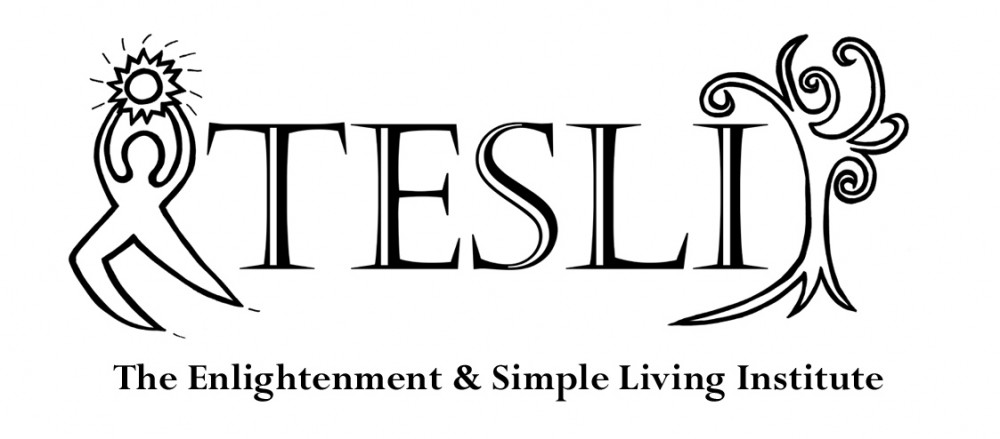Transition is a stage of labor that is characterized by emotional volatility including anger. It is the stage between the “passive” phase of allowing the cervix to dilate and the “active” phase of pushing the baby out.
Over two decades ago I was a childbirth educator and a doula. During this time I also gave birth to my daughter. After a couple days of labor and using traditional methods to stimulate labor (walking, castor oil, etc) it was determined that I was “failing to progress” and I decided that moving to the hospital for an oxytocin drip was in order.
and a doula. During this time I also gave birth to my daughter. After a couple days of labor and using traditional methods to stimulate labor (walking, castor oil, etc) it was determined that I was “failing to progress” and I decided that moving to the hospital for an oxytocin drip was in order.
Oxytocin is a hormone naturally produced by the body that stimulates uterine contractions. It is responsible for menstrual cramps, nipple sensitivity, and the “bang” in orgasm. When administered by IV it can induce strong, demanding, and uncomfortable contractions. Pregnant women that take this route to induce a labor find the contractions come back-to-back, are strong, and frequently unbearable.
My reaction? I went to sleep. Apparently I went to the hospital to get a good nap after a couple days of slow and uneven labor.
A strong contraction woke me up from my slumber. I was confused and angry. I demanded the doctor shut off the drip. I was impatient while she considered my order. (Of course I could have just flipped the switch off myself, but somehow it seemed that only the doctor had the authority.) I was very irritable. I felt someone had snuck in and turned up the oxytocin drip way up while I slept.
Another contraction was upon me and I jumped out of the bed and headed the three feet to the in-room toilet. Although my last cervical check had me only 70% dilated, with the next contraction I began pushing propelled by my anger. I was hoping no one would notice, since I had not been given permission to push yet.
It is interesting to be knowledgeable enough to suspect I was in transition and also be completely swept away by the disorientation of the transition stage of labor. The somewhat predictable emotional reaction that women have during transition (which lasts anywhere from 15 minutes to an hour and a half) is intriguing.
This last week or so I have been experiencing a great deal of anger and general hostility arising. I could not put my finger on what the source was when the idea of transition popped into my mind. It has been my experience that emotionally uncomfortable periods are frequently followed by a lighter and more pleasant emotional climate that feels like a breakthrough. I had thought that the uncomfortableness was simply stuff arising to be released. When the releasing was done, I was left in a clearer space.
Perhaps that is what is occurring in transition also, or maybe my previous interpretation of the discomfort was inaccurate. Could it be that just the change process itself leads to emotional funkiness? Maybe I am not releasing previously held anger, but instead anger is simply arising do to the change process.
This insight suggests a different line of questioning:
- What can I be to change with perfect ease?
- What am I resisting letting go of that if I did let go of would allow me to create a completely different reality?
- What do I know that I am denying that I know?
- What can I choose today that will facilitate greater awareness?
- What am I choosing that is keeping me trapped?
